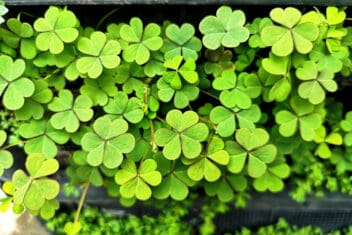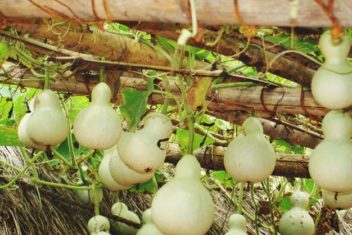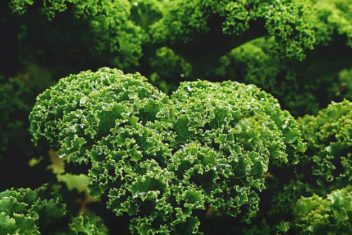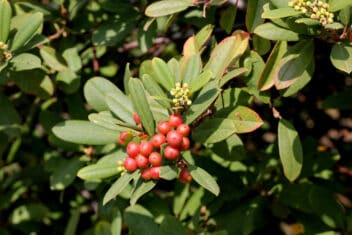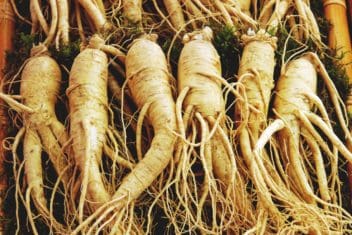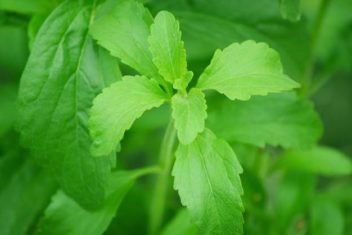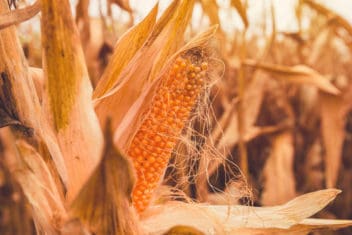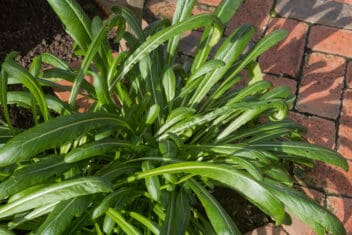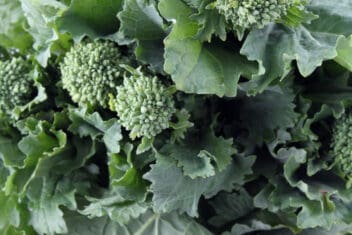Now and then, I discover a vegetable that makes me wonder why I hadn’t heard of it before. Caigua is one of those plants. I’ve fallen in love with this tasty vegetable, and I think everyone should be growing it.
After all, this wonderful plant has been grown and treasured in South and Central America for hundreds of years and was a staple of the Incas.
Let’s delve into this wonderfully historic plant because once you grow it, you will want to keep planting it season after season. Trust me. This wonderful plant won’t disappoint with its prolific, continuous harvest.
What is Caigua
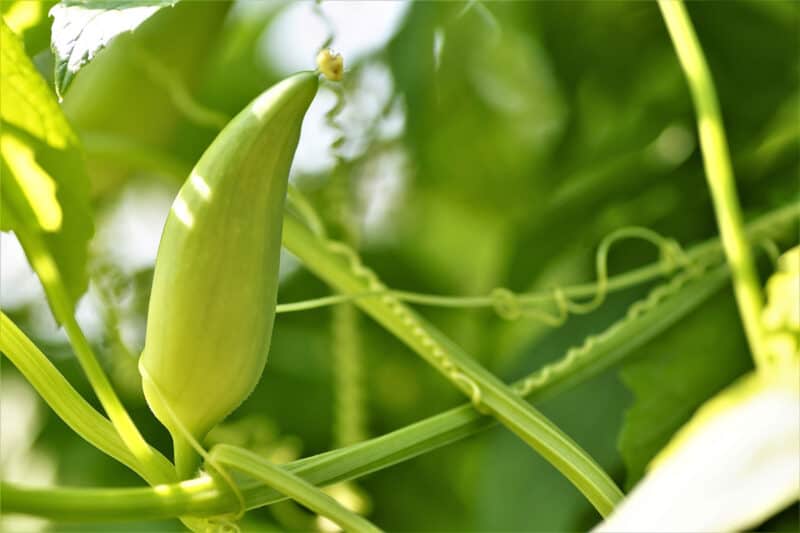
Cyclanthera pedata is known by many names including, caigua (pronounced kai-waa), caihua, wild cucumber, slipper gourd, stuffing cucumber, and achocha.
This member of the cucumber family was valued by the Aztecs, and it’s easy to see why. It has a delicate taste of cucumber mixed with green bean, and the plants produce prolifically.
From the trailing vine that loves trellis to the hollow green pods, the whole plant is edible. The leaves and shoots are tasty, but the prized flavor comes from the immature and hollow older fruits.
The pods are succulent and tender and can be eaten raw like cucumber, or used cooked like a green bean once the seeds are scraped out.
Caigua produces a six-inch fruit with a slight curl at the end. It almost looks like a cucumber skin wrapped around a pepper.
It’s an annual vine that self-seeds readily – so much so that in some areas it’s considered a pest.
There are two types of caigua. The first is the most common, with its slightly bumpy skin. There’s also Zapatilla Gorda, which has smooth skin.
How to Plant Caigua
One of the wonderful things about caigua is that it will grow in almost all zones except the coldest areas prone to late frosts.
Aim for a pH of 5.0 to 7.1, and caigua will be happy. Most soil types are fine, including loamy, sandy, or clay, so long as they drain well.
Caigua likes a sunny position but will tolerate partial shade. If you plant in full shade, the plant won’t fruit. In full sun, you may find it wilts and struggles to thrive, particularly if you live in a hot area.
I prefer to use a trellis or something else for caigua to climb on, but the vines could even be allowed to trail along the ground in dry areas.
I prefer a trellis because I found I had a few problems when the ground became wet suddenly. The vines can reach up to 20 feet or more, so controlling them with a climbing frame lets you save room.
It’s also easier to harvest when the fruits are hanging.
Planting Seed
In cooler areas, sow mid-spring when there are no more frosts due. In warmer areas, plant at the beginning of spring, as long as you’re confident no cold snaps will surprise the frost-tender caigua.
I’ve followed the rule of thumb that the temperature should be a consistent 77ºF or more in the day and no less than 60ºF at night, but that will vary depending on where you live.
The most important thing is that you should make sure your plant won’t get hit by a frost, so start them indoors if necessary. From germination to picking fruit can take up to 90 days or more, so plan ahead.
Caigua seeds are reliable, and around 95 percent will successfully germinate. You can start the seeds indoors late winter to early spring, but I prefer to plant them directly in the soil where I intend to grow them.
I plant directly into the soil because the seeds are so reliable and I can concentrate on other tasks or fussier plants while the caigua seeds do their thing in the ground.
Plant an inch deep, about three to four feet apart. Cover and firm the soil down lightly.
Water well for the first week, being careful not to over-wet the soil. After that, keep the soil moist, but not soaking. Treat caigua like tomato and you can’t go wrong.
Caring for Caigua
Dig in well-rotted compost before planting the seeds. Just as the blooms appear, use a good quality tomato-specific fertilizer. Follow the instructions on the box.
Keep the soil moist, especially as the growing season gets hotter. Provide a deep watering at least once a week as the vine gets bigger and more spread out.
You need to provide plenty of support for the plant as the fruit grows. Use a tomato cage, trellis, fence, or some other form of support to keep the plant from breaking or falling along the ground.
The plants have tendrils to help them grab onto nearby structures.
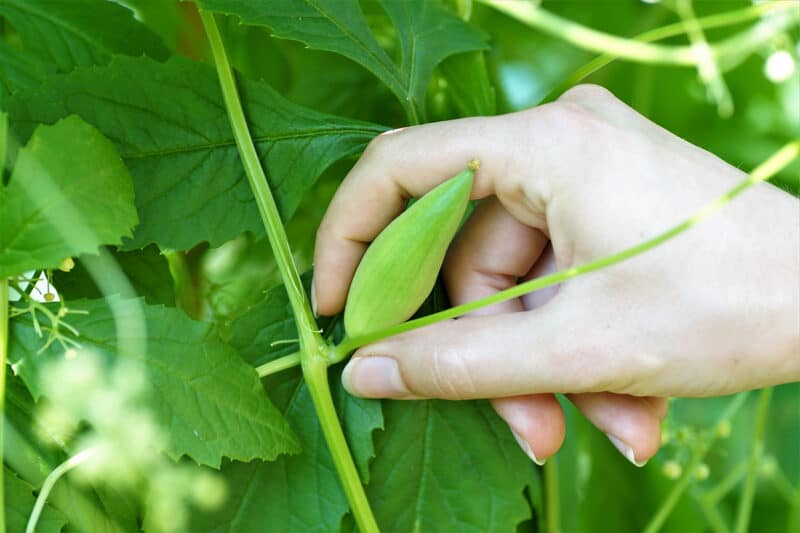
As the plant grows over the season, cut out very scraggly parts, diseased or damaged sectional. You can also trim back any parts of your caigua that are growing where you don’t want them to.
Caigua is robust and won’t suffer if you cut some away, but if you plant it in the right place, you can pretty much leave it to do its thing.
Companion Planting for Growing Caigua
Try any of the following to plant with caigua. It’s not a difficult plant when it comes to companions.
- Beans
- Peas
- Radish
- Onions
- Nasturtiums
- Dill
- Oregano
- Tomatoes
Don’t plant with:
- Potatoes
- Sage
- Melons
Common Problems and Solutions for Growing Caigua
Caigua faces some of the same problems as cucumbers, but nowhere near as many.
Powdery Mildew
Caigua is sometimes prone to suffering from powdery mildew, especially late in the season or in high humidity. We have an entire guide dedicated to identifying and getting rid of this common disease.
Downy Mildew
This is another issue that is common to both cucumber and caigua (not to mention a bunch of other plants). Check out our guide to this common disease.
Cucumber Beetle
When temperatures reach over 55ºF, cucumber beetles emerge. They’re one of the few pests to bother caigua during the growing season.
Symptoms include stunted growth, especially when young, scars on fruit, and damage to the leaves and stems.
Keep an eye out for the beetles because it’s easier to control them if you catch them early. Floating row covers are effective, as are beneficial nematodes, spinosad-based sprays, and treatments with B. bassiana.
Harvesting Caigua
This is where the fun begins. Pick caigua when the fruits are young to encourage successive fruit growth throughout the season.
If there is no fruit on the plant, don’t be discouraged. Caigua can fruit quite late into the summer and even into late fall.
Immature or young fruit can be eaten raw, pickled, or used in salads and stirfries.
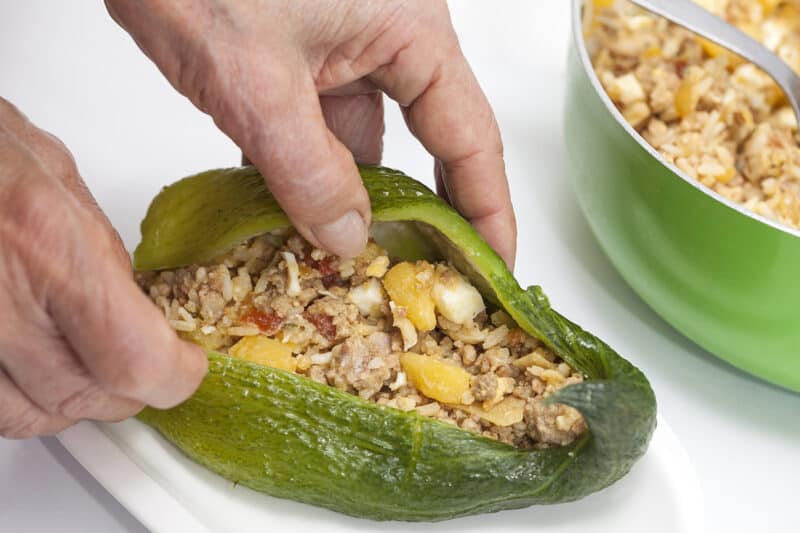
As the fruit matures, it becomes hollow. They’re delicious stuffed with meats like chicken, rice, spices, and cheese.
Seed Saving
Caigua is one of the easiest plants to grow and regrow next season. In warmer areas, you could allow the plant to drop its seeds and self-sow for next year.
The downside to that is you can’t control the number of plants that appear in the garden the following season. This is a plant that will take over an area if given half a chance.
In Florida, caigua is considered a weed pest, so be wary of that.
The best way to plant for the following year is to take a couple of the hollow mature fruit and pop some of the seeds out. As the fruit gets older, the seeds turn into black arrow shapes.
Dry the seeds and store in a paper envelope.
Storing Caigua
Eat as you go, and if you have any left (which is rare in my house due to the lovely flavor), you can pickle or dehydrate them. You can also freeze them the same way you’d freeze chilis.
Slice in half, deseed, and lay on a tray in a single level. Once frozen, place in plastic bag and seal.

